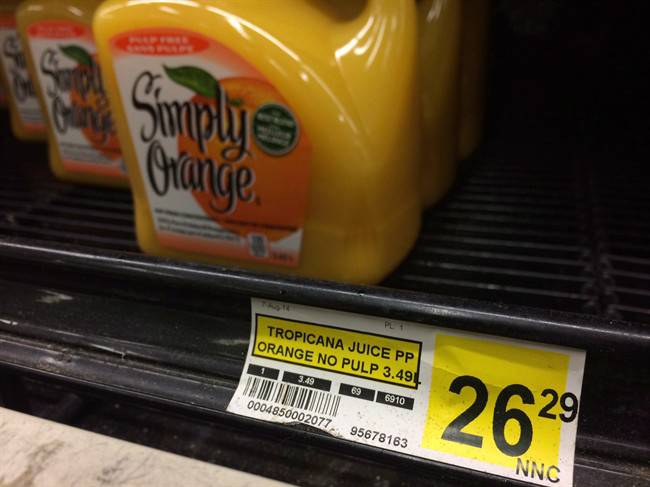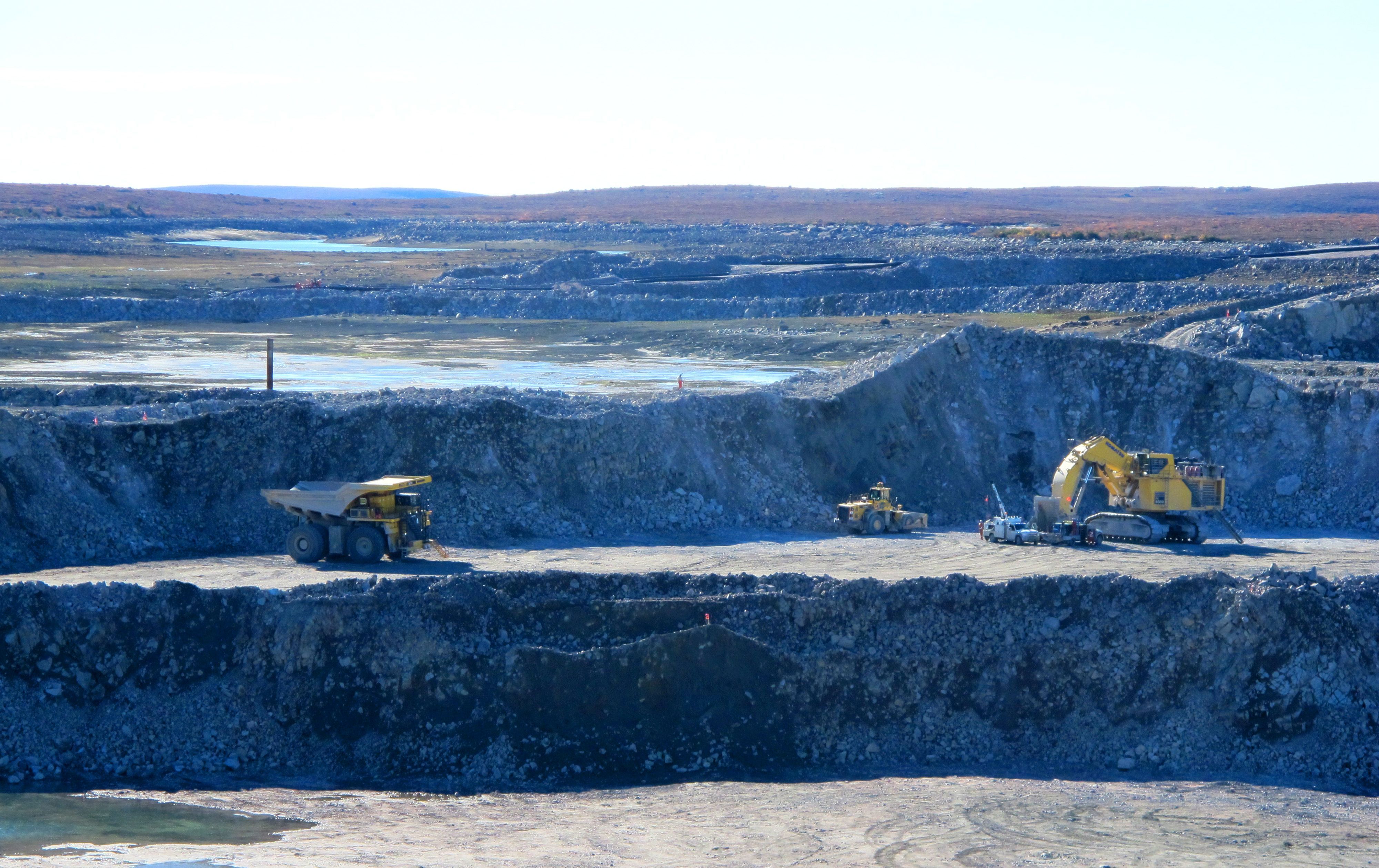
Carbon pricing in Canada’s North
I recently spent some time in Yellowknife. While I was there, I had the chance to talk carbon pricing with some government officials and stakeholders. Under the Pan-Canadian Framework on Climate Change, provinces and territories need to have a carbon price policy in place by next year. As they move forward with carbon pricing, Canada’s territories will face unique challenges. While I don’t claim to speak on Northerners’ behalf (I know enough to know they hate that), I wanted to share what I learned during my visit. The big take-away? Yes, there are unique challenges, but maybe also solutions. In particular, revenue recycling could represent an opportunity to customize carbon pricing for the North.
Substitution is hard in the North
The key idea behind carbon pricing is to create incentives for actions that reduce GHG emissions. But what if options for switching away from fossil fuels are scarce, or particularly expensive? To be clear, we hear this argument a lot—and sometimes without much justification. But Northern communities do face some unique challenges.
For one, the North is highly dependent on diesel. It’s widely used for transport, for home heating, and for electricity generation. It is the North’s largest source of GHG emissions. The prevalence of diesel makes it relatively easy to administer carbon pricing: a carbon levy can simply be added to existing fuel taxes. But it also makes responding to the carbon price difficult.
There aren’t a lot of ready alternatives to diesel in the North. In the electricity sector, some renewables can be mixed in (indeed, there are good arguments for doing so), but getting off diesel entirely can be difficult.

Solar, wind and other renewables have a role to play in the North
In light of these substitution challenges, carbon pricing might only have a modest effect in the North, at least at first. It will definitely incentivize some much-needed conservation and efficiency, but a deeper low-carbon transition will likely be slower to come about in the North than in the South.
But this is where revenue recycling can come in. Territorial governments can use carbon pricing revenues to fund low-carbon infrastructure. They can build renewable generation capacity, help fund investment in alternative heating technologies, and provide EV charging infrastructure in on-grid communities. These actions can make the carbon price work better by providing Northerners with alternatives.
Impacts on the cost of living are a concern
As anyone who’s visited a grocery store in a Northern community will tell you, living in the North isn’t cheap. There are valid concerns about what carbon pricing will do to Northerners’ cost of living.

But as we discuss here, where there are concerns about carbon pricing’s effect on the cost of living, they can be addressed with revenue recycling. Governments can provide rebates to households that will be disproportionately impacted—Alberta and BC already do this.
Because these rebates would leave the carbon price signal intact, they wouldn’t remove individuals’ incentives to lower emissions. In some cases, if you were getting a rebate and your emissions were low enough, you could stand to gain from the carbon price.
A big (but small) resource sector complicates design
The resource sector is a major part of the North’s economy, and its emissions. As we discuss here, revenue recycling to emissions-intensive and trade-exposed firms might be necessary sometimes, to prevent them from going out of business or simply setting up shop elsewhere. When well-designed, revenue recycling can protect firms’ competitiveness while still creating incentives to lower emissions.
The small number of firms in the North makes the usual approaches to revenue recycling challenging. Alberta is considering recycling carbon pricing revenue to oil sands facilities based on ‘top-quartile’ performance. But how can the Northwest Territories—with only three diamond mines—establish a ‘top-quartile’ for its resource sector? The limited number of players in the sector makes things complicated.

But these challenges don’t mean that revenue recycling to protect firm competitiveness can’t work. Recycling benchmarks can be set based on historical performance, with requirements that tighten over time. Or funds can be earmarked for low-carbon investment. The trick is getting the design right, and making sure that support is provided is targeted, temporary and transparent.
The North has additional revenue recycling priorities to weigh
As we discussed in our report Choose Wisely, each jurisdiction faces different challenges, and may have different priorities when it comes to recycling its carbon pricing revenues. As we saw above, priorities like infrastructure investment, transfers to households, and protecting competitiveness will be as important in the North as anywhere else.
But the North also has some unique revenue recycling priorities that it will need to consider. The effects of climate change are expected to be severe in the North, so territorial governments will need to consider climate change adaptation. And there may also be acute social priorities, like suicide prevention. Balancing these additional priorities adds complexity to the North’s revenue recycling decisions.

The time for a conversation is now
There’s no doubt carbon pricing presents the North with challenges. But the right revenue recycling actions can turn this around and can get carbon pricing working for the North. Carbon pricing presents both challenges and opportunities: As territorial government determine the design of their systems over the coming months, it’s important that they get it right.
Balancing the competing revenue recycling priorities will be no easy task. But Northerners are already having this conversation. In fact, I was in Yellowknife to discuss how the Northwest Territories could use revenue recycling to help cut its reliance on diesel. The Arctic Energy and Emerging Technologies Conference taking place in Inuvik in June 14-16 will be a great chance for territorial governments to continue this conversation and to share ideas.
Like anywhere else, designing a carbon pricing system that is sensitive to local realities and priorities will make all the difference. Canada’s territorial governments will soon decide what their revenue recycling priorities are going to be. Let’s hope they choose wisely.




Comments are closed.